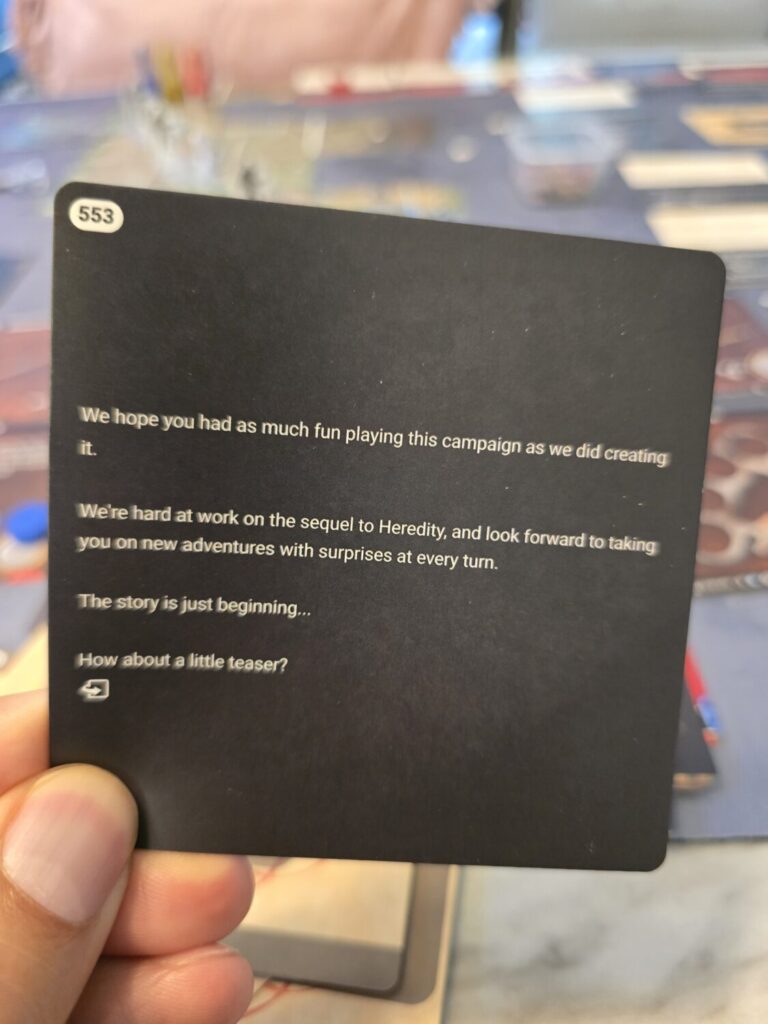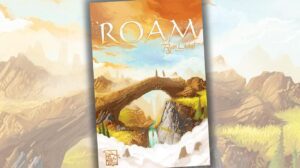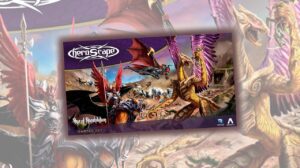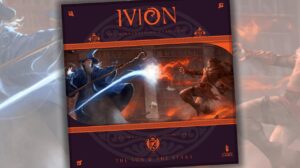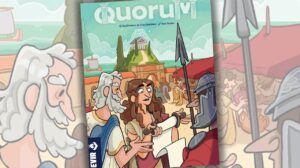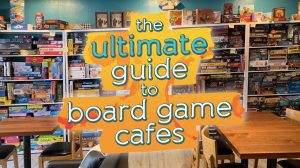Disclosure: Meeple Mountain received a free copy of this product in exchange for an honest, unbiased review. This review is not intended to be an endorsement.
Abundance of Adventure
It feels like the gaming world has become more engrossed in narrative-based adventures year over year. I wouldn’t say it’s all thanks to the immense success of Gloomhaven, but it certainly helped. Big box campaign games with even bigger minis—promising hundreds of hours of gameplay—seem to dominate Kickstarter. Giant boxes! Giant stories! Tons of plastic! Tons of money! These large-scale games promise narrative gameplay akin to a massive roleplaying session. It seems like every few weeks, there’s a new big-box campaign or legacy game vying for everyone’s attention.
I’ll preface this by saying I haven’t played a ton of them, though I have tried titles like Eila and Something Shiny, Destinies, Tainted Grail, Pandemic Legacy (proudly finished!), ISS Vanguard, and Fateforge: Chronicles of Kaan. I have the same problem with large open-world video games—I rarely see them through to completion. Whether it’s the overwhelming number of side quests, a world that’s too vast, or simply a lack of time, I likely won’t see the credits roll.
Enter Heredity: The Book of Swan. I told myself I wasn’t taking on any more campaign games until I finished the ones in my collection—but if I actually listened to myself, I’d never play another campaign game again. What arrived in a box half the size of a standard board game is a low-component adventure spread over five chapters. I can do five chapters—that’s basically two nights of gaming. And it’s smaller than most other games in my collection? Bells are being wrung.
French designers Jérôme Cance and Laurent Kobel bring us a post-apocalyptic adventure centered around a family trying to survive in a harsh new world. The game features four family members, and regardless of player count, all four are controlled by the players.

Family Fatale
I won’t reveal spoilers for the story (and there are some major twists and turns), but I’ll focus on the introductory mission that teaches players how the world and mechanics work. After recently finishing the final mission, I can honestly say I had no idea where the story would end up after that intro. It’s a damn good story.
The system uses numbered cards, very similar to 7th Continent. Square cards are pulled when referenced and often flipped depending on conditions. Each of the four family members has three cards representing their head, torso, and legs. Equipment can be slotted into these areas, and each section has spaces for tokens (three per round per character) to activate actions. These spaces also double as health slots. If a character takes damage, it can be allocated to any of these spaces—but doing so makes the action unavailable until healed. Some equipment adds spaces that hold damage and can even offer armor to help mitigate it. Characters can also suffer serious injuries, leading to cascading effects.
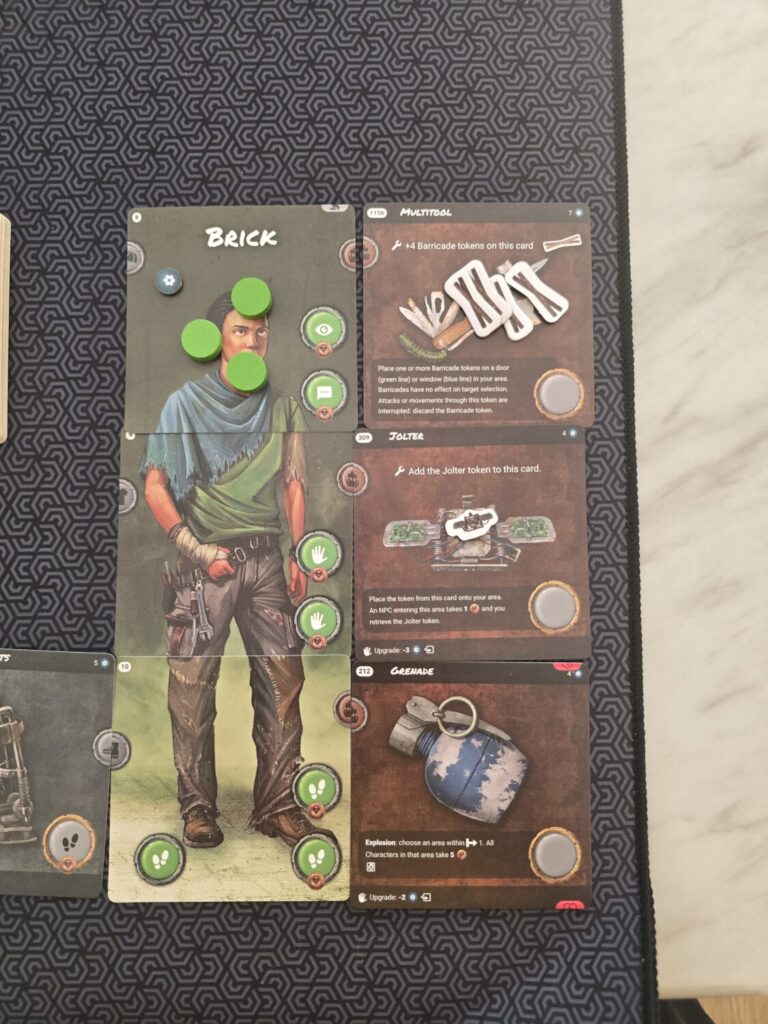
However, Heredity: The Book of Swan isn’t a traditional turn-based game. The game’s “flow” is dictated by a timeline that evolves dynamically. Players can resolve individual actions in any order, which is especially important when timing is everything. Players can see upcoming events in the timeline and prepare accordingly. As new cards are revealed, they may be added to the timeline in various positions, and certain actions can even change the order of those cards.
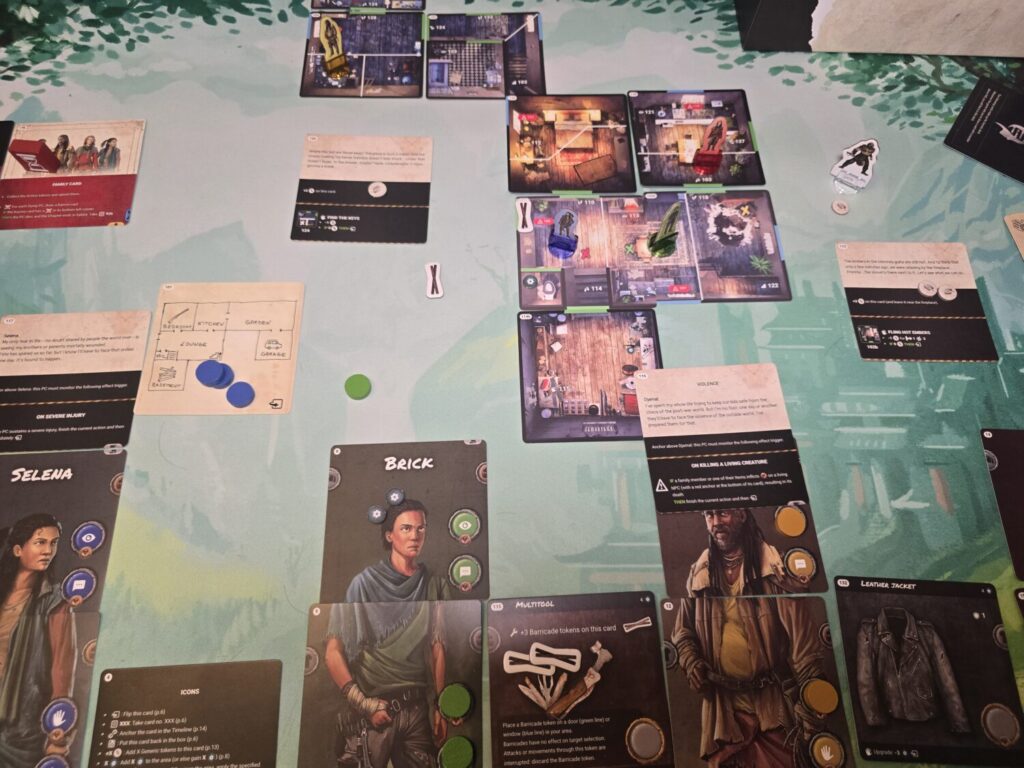
Basic actions include watching, interacting, healing, moving, using equipped items, or engaging with something story-specific.
The board itself is made up of similar cards that represent small portions of a larger map. Characters move their standees to explore new areas, adding more cards and expanding the board. Exploration not only advances the narrative but also creates opportunities to gear up.
Combat is resolved using base stats followed by a card drawn from the karma deck. These karma cards apply positive or negative modifiers that can drastically (and dramatically) change the outcome of an attack—whether it’s by the player or an NPC. Karma cards can be upgraded through actions or achievements during a chapter.
The game offers a multitude of branching storylines, and decisions affect gameplay in meaningful ways—even in future chapters.
Between chapters, the game can be saved, and any equipment can be freely rearranged among characters. Each chapter features its own deck and standees.
Failure can (and likely will) happen, in which case some effects are applied and the chapter can be replayed from the beginning.
Players experience a beautifully woven story until its conclusion—and are encouraged to start over to discover different outcomes.
Karma Always Comes Back
This is, hands down, one of the best narrative board games I have ever played. The system is so unique and refreshing that I immediately wished I could convert other narrative games to use it. Pair that with an excellent story full of twists and turns, and this is an absolute hit. The game starts off with familiar post-apocalyptic tropes—by design—to ease players into the system through familiarity. Raiders show up at the family’s home, and the goal is to escape and take as much as possible to the vehicle before the invasion begins. With limited tools, creativity becomes crucial to slowing the raiders down.

But in the subsequent chapters, the story takes off and presents scenarios I’ve never seen in this genre. I won’t spoil anything, but no two chapters play the same, and each feels drastically different. After the second chapter, I genuinely asked myself, “Am I still playing the same game?” I wish I could describe some of the plot points that blew me away, but trust me—this is better than a good chunk of shows you’re probably binging right now.
So, how is this different from other games in the same sphere? For one, there are multiple ways to resolve situations. And the game emphasizes keeping the family human. Violence isn’t always the best approach. In fact, most situations have peaceful solutions—you just have to find the clues. Don’t get me wrong, there’s still plenty of combat (and a lot of it is unavoidable), but part of the charm is figuring out if there’s another way. There were so many satisfying moments when I solved a puzzle thanks to something I picked up earlier—or when a past good deed came back in a meaningful way. The game fleshes out the “choose your adventure” concept with polish and flair.
It’s entirely possible to go full “murder hobo party” mode, and while that can earn you better karma cards (the family becomes more adept at violence), it heavily shapes the narrative and how others perceive you. With built-in timers, fighting your way through can be the faster route to avoid failing a chapter. Sometimes your hand is forced, and alternate opportunities are locked out. No one said surviving the post-apocalypse would be easy.
The family also evolves through their trauma. Characters often start with condition cards, and the deeper they spiral into darkness, the more their personalities shift. It feels incredibly thematic to make difficult decisions when your family’s lives are on the line.
The equipment cards were one of my favorite mechanics. They’re a little tough to obtain but extremely helpful. Many can be upgraded with material tokens found throughout the map. By the endgame, I had unintentionally turned my characters into RPG archetypes—healer, sniper, engineer, etc. With limited equipment slots, there are tough decisions about what to keep and what to drop. The game also rewards players for accumulating a specific total equipment value, making the hunt even more enticing. The theming of the items is fantastic. Without spoiling anything, some are wildly unique and encourage creative use.
There aren’t many faults in the game, but I do have a few minor gripes. Several cards across different chapters contain typos, and while an errata exists, it’s sometimes hard to tell whether a confusing card is a typo or a narrative dead end. Also (and this is totally on me), it’s very important to thoroughly read each card and follow actions in order. There were a few moments when I got stuck because I missed a small sentence or overlooked a condition. Some tokens are also quite small, making them tricky to see and manage.
More Please!
Overall, this is one of my favorite games of the year. Mechanically, it’s not very difficult, but its unique approach to narrative legacy games hooked me and didn’t let go. By the end, I felt for the characters and the struggles they faced—both internal and external. There were decisions I made that had to happen, and I still felt guilty over what I’d done to certain people. As I imagined the scenarios playing out in my mind’s eye, it felt like I was living through a tabletop RPG filled with colorful personalities and clever puzzles. The game itself was the GM, and each skill check was as dramatic as rolling a D20. I’d call this a masterful intersection of storytelling and gameplay.
Every decision shaped the game in both small and big ways, creating a unique experience specific to my playthrough. I chatted with a friend who also finished the game, and it was fascinating comparing notes on how things unfolded. There were so many “Wow, I didn’t even know you could do it that way” or “I never found that thing/place/person” moments.
I’m genuinely excited about the potential that Heredity: The Book of Swan has unlocked. The system is smooth, clean, and highly adaptable—I’d happily play any genre that used these mechanics. Not to mention, the physical size of the game is refreshingly compact (and wallet-friendly). Despite its smaller box, the card system still delivers the feeling of a big-box narrative adventure while leaving plenty of room for imagination to fill in the rest. I’m just sad the adventure is over—but luckily, I can always reset the cards, dive back into the world, and still find something new.
